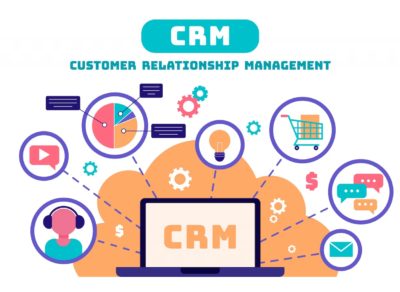
Fool-proof guide to construct financial ecosystems for banks
In order to create more successful financial ecosystems, banks need to employ innovative approaches and technologies that will help them stay competitive. By following these following fool-proof steps, banks can build a more efficient system that satisfies the needs of both customers and businesses alike.
The rise of the ecosystem for banks
In recent years, there has been a shift in the way that banks operate. Traditionally, banks have been siloed institutions, with each department working independently from the others. However, this is no longer the case. Thanks to advances in technology, banks are now able to operate as part of a larger ecosystem. This ecosystem includes other financial institutions, such as payment processors and lending platforms.
By collaborating with these other players, banks are able to offer a more seamless experience to their customers. In addition, this ecosystem provides banks with access to data and insights that they would not be able to obtain on their own. As a result, the rise of the banking ecosystem is transforming the way that banks do business.
Five strategies to build financial ecosystems for banks
- Life moments orchestrator
One promising approach is to develop an ecosystem around specific life moments. By partnering with businesses that offer complementary products and services, banks can provide their customers with a one-stop-shop for all their needs. In exchange for access to the bank’s customer base, these partners would pay fees to the bank.
This model would allow banks to tap into new revenue streams and provide customers with more value. Ultimately, this could help banks to remain at the center of the economy for years to come.

- Marketplace orchestrator
Onother way banks can do is operating as a marketplace orchestrator. Marketplace orchestrators sell non-financial products to customers, such as insurance, loans, and investment products. They can either white label these products, meaning they sell them under their own brand, or co-brand them, meaning they sell them under a partner’s brand.
Smartosc solutions : BACKBASE DIGITAL BANKING, BUY NOW PAY LATER, LOS, CDP, EKYC, DIGITAL ONBOARDING
This allows banks to offer a wider range of products to their customers and to tap into new markets. Moreover, it enables them to better compete with the growing number of online marketplaces. Operating as a marketplace orchestrator is therefore an important strategy for banks to consider in today’s economy.
- Third-party ecosystem participant
A third party ecosystem allows banks to join and offer banking products to third-party customers. This type of ecosystem provides many benefits for banks, including the ability to reach new customers, expand product offerings, and improve customer engagement.
In addition, a third party ecosystem can help to reduce costs and increase efficiency. For example, by joining a platform that already has a large customer base, banks can save on marketing and advertising expenses. Furthermore, by collaborating with other banks on the platform, they can share resources and expertise, leading to improved operational efficiency.
- Open banking platform
Open banking platforms are transforming the financial sector by opening up opportunities for banks and their partners to collaborate and innovate. By leveraging open application programming interfaces (APIs), partners can incorporate products, data or specific processes into their value proposition.

These financial ecosystems provide a unique opportunity for banks to extend their reach and deepen their relationships with customers. In addition, open banking platforms provide a level of transparency that builds trust and confidence in the financial system.
- Referral platform
A referral platform is a banking ecosystem that helps to connect rejected customers with other financial providers. For example, a large bank may have a referral platform that directs small businesses to designated online finance platforms. By doing this, the large bank can help the small business find the financing it needs while still meeting its own internal risk management guidelines.
In addition, the referral platform can help to strengthen the relationships between banks and other financial institutions. By connecting banks with smaller financial providers, the referral platform can create a more efficient and effective banking system.
In Conclusion,
At SmartOSC Fintech, we understand the importance of having reliable and scalable financial ecosystems for banks. Our team of experts can help you create a custom solution that meets your specific needs. Contact us today to learn more about our services and how we can help you build a successful future for your bank.


